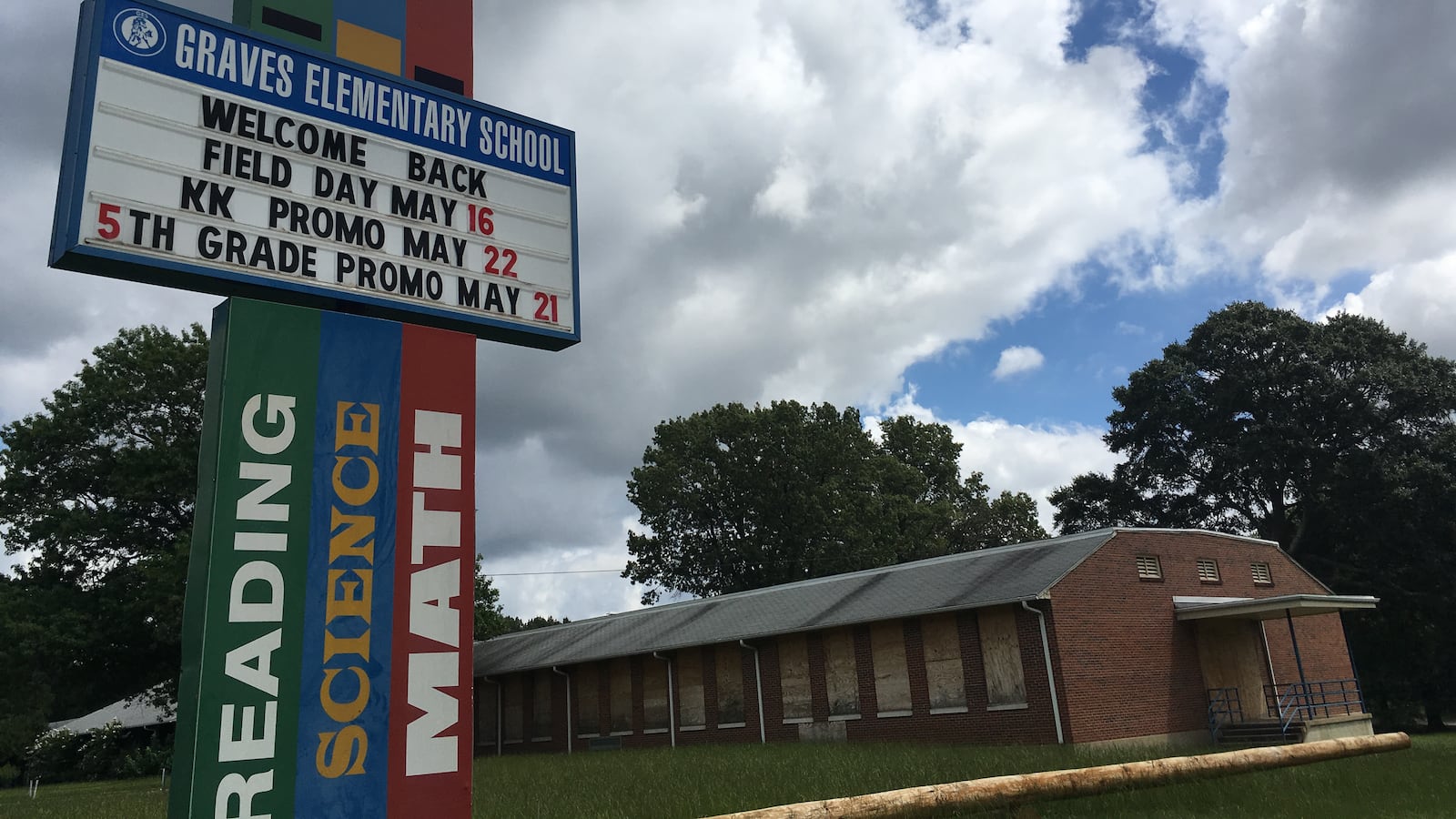The death of a Memphis woman sleeping on a bench across from City Hall in frigid temperatures unleashed a furor of frustration this week across social media.
As Memphians speculated how someone could freeze to death in such a public place, some pointed to limited public transportation, one of the nation’s highest poverty rates, and entry fees to homeless shelters. The discussion yielded one intriguing suggestion:
About 650 Memphis students were considered homeless during the 2015-16 school year, meaning their families either were on the streets, living in cars or motels, or doubling up with friends and relatives.
At the same time, Shelby County Schools has an adequate supply of buildings. The district had 10 vacant structures last fall after shuttering more than 20 schools since 2012, with more closures expected in the next few years.
But what would need to happen for schools to become a tool against homelessness? Some cities already have already begun to tap that inventory.
Shelby County Schools has been eager to get out of the real estate business, though it’s not exactly giving away its aging buildings. In 2016, Superintendent Dorsey Hopson said the school system should “repurpose some of these buildings and … anchor some of these communities and rebuild and refurbish these communities instead of tearing stuff down.” The conversation was part of Memphis 3.0, the city’s first strategic plan since 1981 to guide growth for years to come.
District policy allows for “adaptive reuse” to lease vacant buildings for community development including affordable housing, community centers, libraries, community gardens, or businesses. A change requires a community needs assessment and input from neighborhood leaders and organizations before the school board can vote on a recommendation.
But proposals to transform schools into housing haven’t emerged in Memphis.
The Memphis Housing Authority, which oversees federal dollars for housing development, has a two-year exclusive right to purchase two former schools near downtown. But talk has focused on using that space for an early childhood center, not housing, according to High Ground News.
Under state law, districts must give charter schools, which are privately managed but publicly funded, serious consideration to take over a closed building.
That has happened for some Memphis schools, but high maintenance costs for the old buildings are a major deterrent. They also present a significant challenge for any entity looking to convert a structure into a homeless shelter or affordable housing.
Of the district’s 10 empty school buildings, most have a relatively low “facility condition index,” or FCI rate, which measures the maintenance and repair costs against the current replacement cost. The higher the number, the less cost-effective.
*as of October 2017
The idea to turn vacant school buildings into livable space is not new. Across the nation, some communities have found workable solutions to address the excess real estate.
In Philadelphia, a nonprofit organization transformed an empty four-story elementary school that was frequented by trespassers and drug users into housing for 37 homeless veterans and low-income seniors. The $14 million project, led by Help USA, took advantage of federal dollars set aside to house homeless veterans.
Last summer, leaders in Daytona Beach, Florida, pitched in $3.5 million in public funds to help a local nonprofit convert an elementary school into a homeless shelter. Despite pushback from neighborhood residents, the plan secured a unanimous vote from its county council.
In Denver, school officials proposed turning an elementary school into affordable housing for teachers to combat expensive living costs and rapid gentrification. That idea is was recently scrapped without an alternative proposal.
Detroit is riddled with empty school buildings. Developers there are buying up properties to repurpose for residential use as they wait to see what the market will bear. The city’s private Catholic schools have seen more success in transforming old buildings into apartments, luxury condominiums, or a boutique office building because they are smaller, easier to renovate, and don’t have the same deed restrictions as public schools.
The same appears to be true in Baltimore, where a nonprofit group converted a 25,000-square-foot Catholic school into housing for women and children. The $6 million project, completed last month, uses federal housing vouchers to subsidize rent.
In Memphis, the community is still assessing what resources need to be tapped in response to this week’s tragic death.
“Simply dismissing this as a tragedy will only allow us to continue to absolve ourselves from the apathy and selfishness that allow people to go unseen,” said the Rev. Lisa Anderson, a Cumberland Presbyterian pastor who is executive director of the city’s Room in the Inn ministry.
Editor’s note, Jan. 24, 2018: This story was updated with more recent information on Denver’s proposal for teacher housing that emerged after the story was published.

